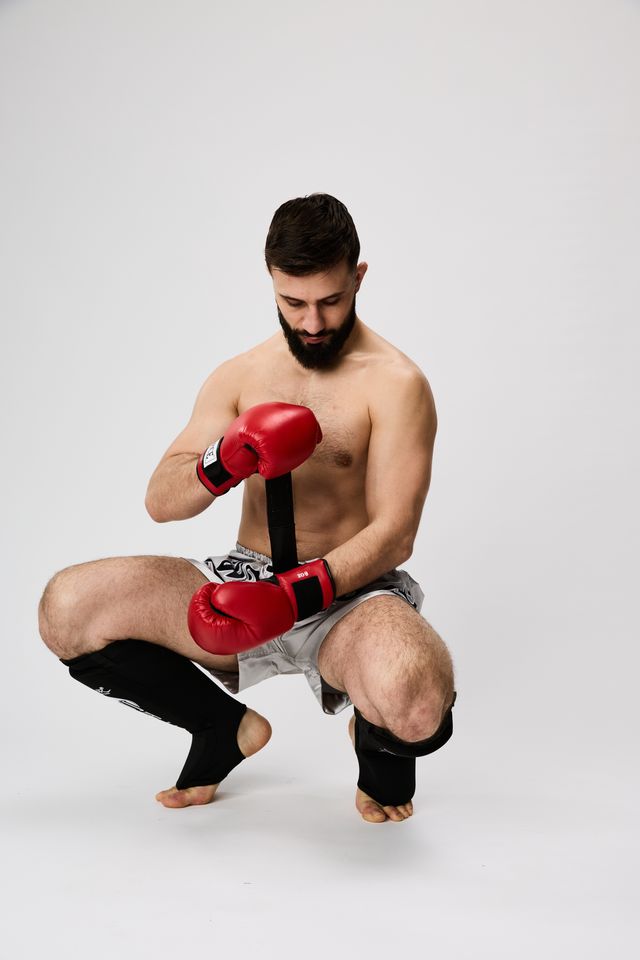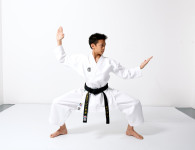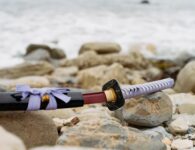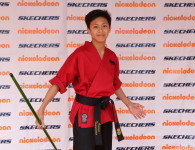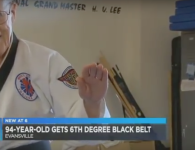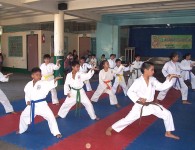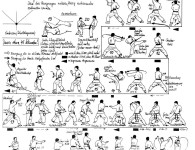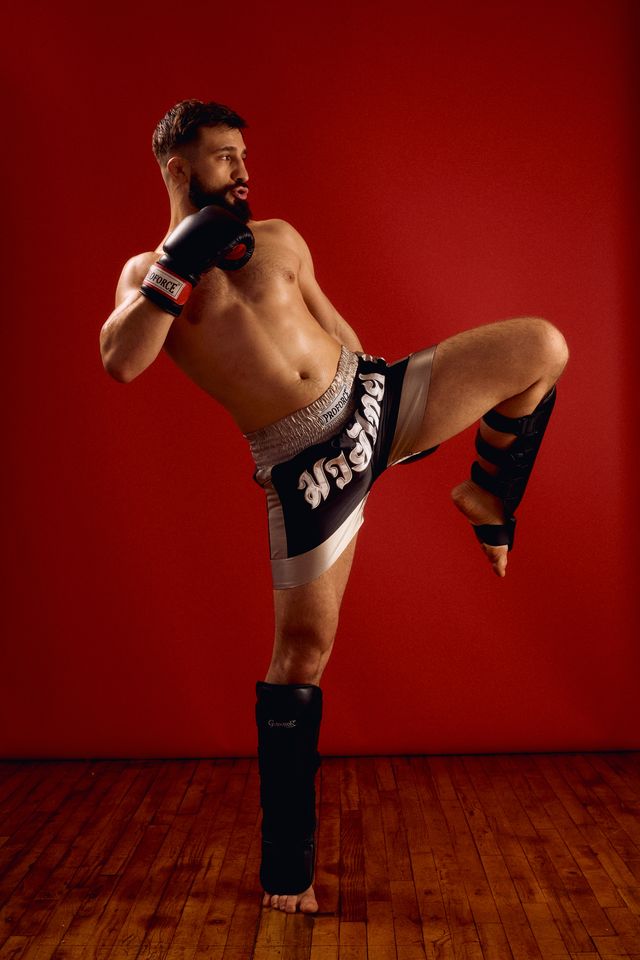
If you’ve ever wanted to try Muay Thai but weren’t sure where to start, this blog is for you.
Muay Thai, also known as Thai Boxing or “the art of eight limbs,” is a great option for almost anyone who is interested in taking up a martial art. Muay Thai lessons can be geared to kids, seniors, and anyone in between. Training in this striking-based martial art can help you improve everything from your physical fitness to your mental discipline — and it’s a fun source of stress relief.
The techniques that you pick up in Muay Thai can benefit people in all walks of life, too. Obviously, training in Muay Thai can help martial artists become better fighters and coaches, but even if you never plan to compete in a single match, you can still apply what you’re learning to your work and play. Stunt workers and pro wrestlers use Muay Thai to improve their striking skills and overall physicality. Fitness coaches can adapt what they’re learning for personal training and group class settings. And everyone can benefit from the boost in confidence, cardio, muscular strength and endurance, hand-eye coordination, and the focus that can come with regular Muay Thai training.
But to get the most out of all of the above, you have to take those first steps into the ring. To help you get there, we’ve put together this beginner’s guide for Muay Thai gear. Let’s take a look at what you’ll need before you take your first class, and what you should start to consider once you start settling in and figuring out what your style and goals are.
The Essentials
Unless you’re ready to go and know exactly what you want, you don’t need to buy a lot of Muay Thai training gear right away. Most gyms will loan you the majority of what you’ll need for your first trial sessions. This saves you from having to invest in a whole new set of gear before you’re even sure if you’ve found the right martial art and the right instructors.
But there are a few smaller items that you’ll probably want to get for yourself right away for hygiene, safety, and personal comfort. They include:
Handwraps: There are a couple of reasons why it’s a good idea to pick up a set of handwraps before you begin Muay Thai training. The first is for health and safety. These small but mighty pieces of training gear support the small bones and soft tissue in your hands and wrists when you strike. This will help you prevent injuries and discomfort and avoid having to take time off for recovery just as you’re getting going.
Handwraps can also help your focus and performance, especially if you’re not used to training with boxing gloves. The fabric absorbs sweat and helps gloves fit better, which means you won’t be distracted by your gloves slipping or shifting when you’re trying to concentrate on learning new techniques.
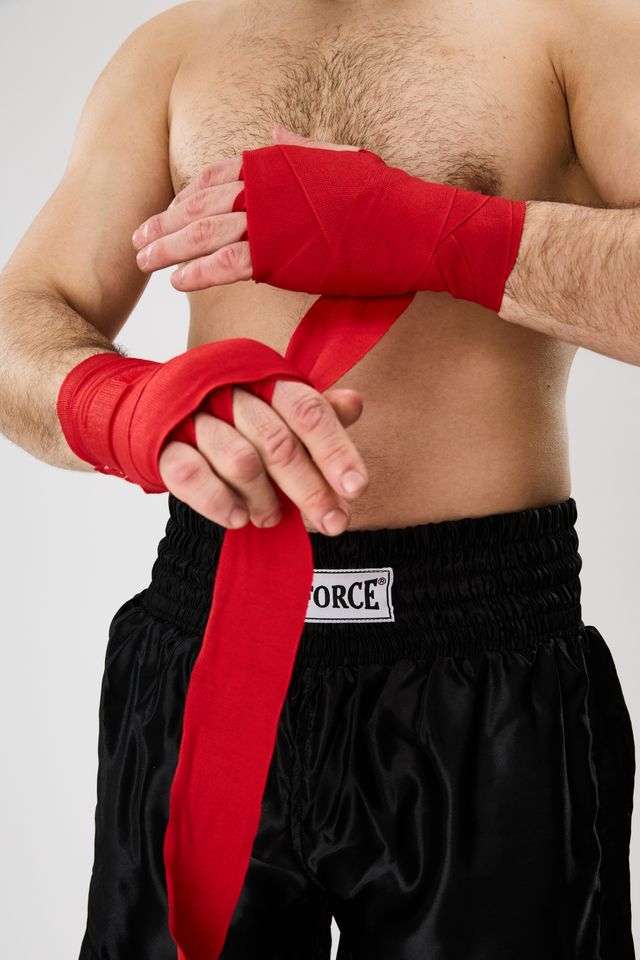
Mouthguard: Using a properly fitted mouthguard will protect your teeth and the soft tissues in your mouth during sparring. While it’s unlikely that your new coach will throw you into sparring immediately, some instructors recommend that you practice using a mouthguard before you reach that stage. Getting comfortable with a mouthguard and learning how to breathe while wearing one can take a little time. Wearing one during training sessions can help you get there. For more information on what mouthguards do and why you need one, check out our blog post, “How To Choose The Right Mouthguard.”
Muay Thai Shorts: Depending on where you train, Muay Thai shorts may or may not be mandatory. Check with your gym’s policies before you start training to make sure. But even if you don’t need a pair of Muay Thai shorts, you might want to consider adding them to your first Muay Thai gear haul. If you choose to stick with Muay Thai, their sports-specific design will keep your legs free for the best possible kicks and knees. If you decide Muay Thai isn’t for you, they’ll also make comfortable and cool lounge shorts.
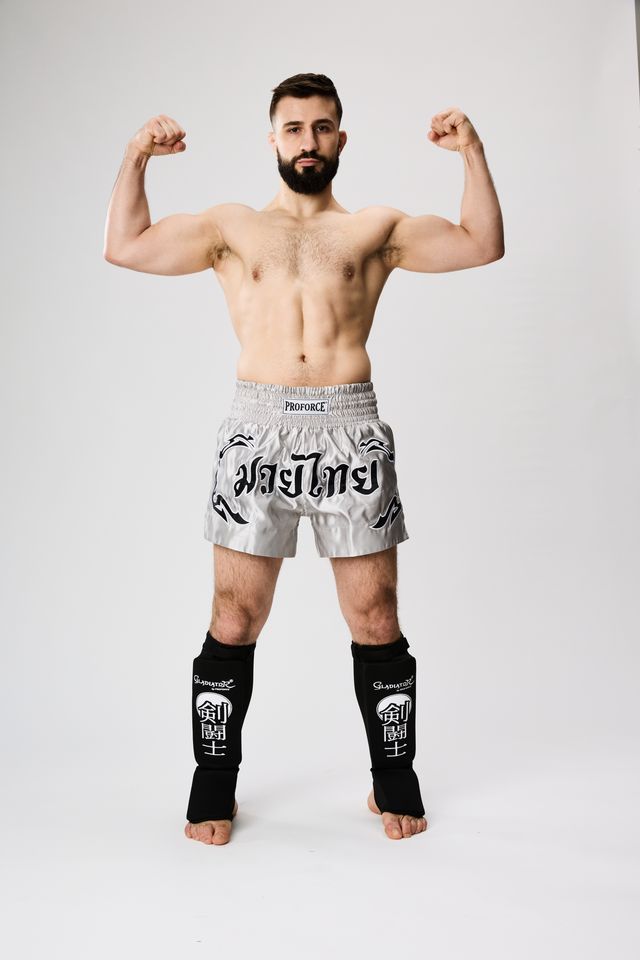
The Next Step
If you don’t like the idea of shared gym gear or you don’t like touching other people’s stuff, you might want to add these items to your essential list. If you don’t mind using loaner gear until you’re sure that you want to stick with Muay Thai training, though, you can take a little time with the following purchases. Get a sense of how you train and what your goals are. Talk to your instructor about what size and style would work best for you. Pick your training partners’ brains about what kind of gear they like the best. Then get yourself a pair of the following:
Boxing Gloves: Gloves are another layer of support for your hands and wrists. The padding in the gloves diffuses the impact of your punches during pad work, heavy bag work, and sparring, helping you to avoid scrapes, cuts, and other injuries.
Shin and Instep Guards: A set of shin guards or instep guards will help to protect the sensitive bones in your shins and feet from direct impact during sparring. They can also protect your training partners from the sharp edge of your shin bones when you connect with a good roundhouse.
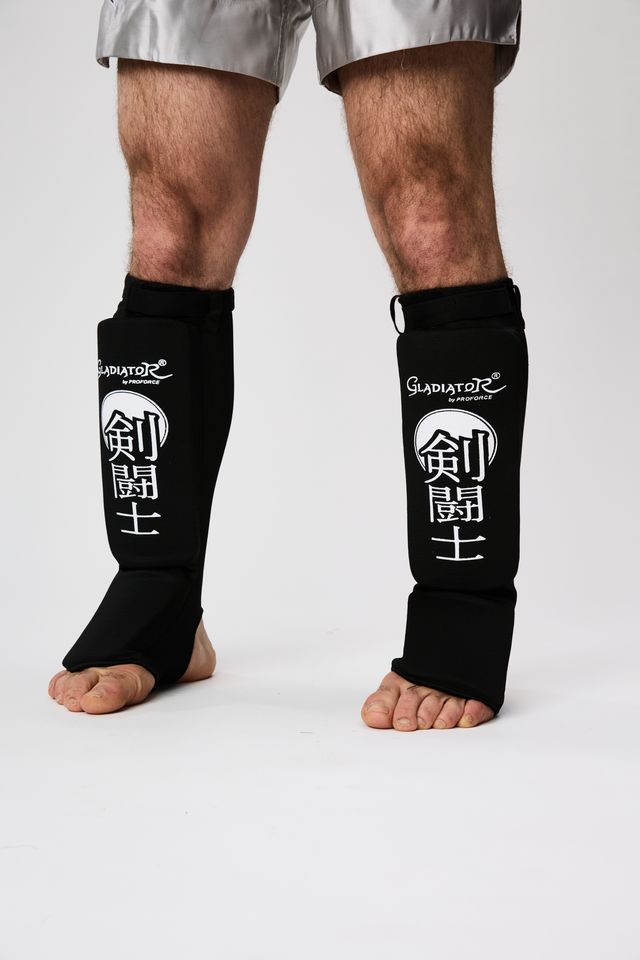
Optional Additions
If you really fall in love with Muay Thai training, you could also build a small at-home training space to put in extra work between classes. ProForce® Curved Thai Pads or a ProForce® Tombstone Shield are great options if you have limited space and someone who is willing to hold them for you. If you’re on your own and have the space, a freestanding bag can help you work on everything from your precision to your conditioning.
